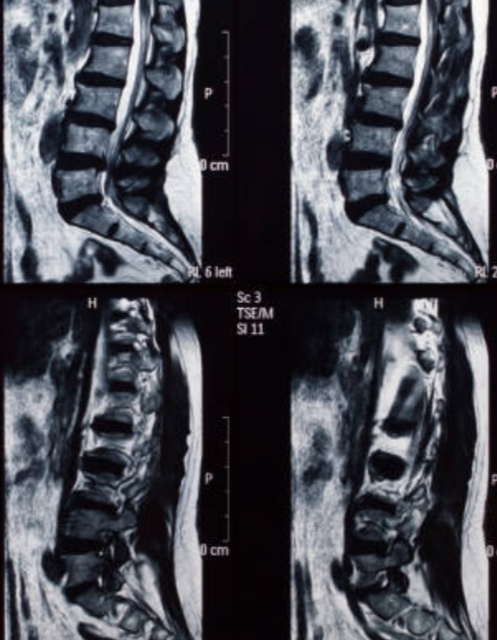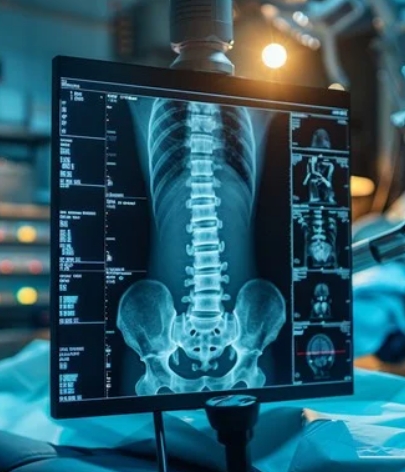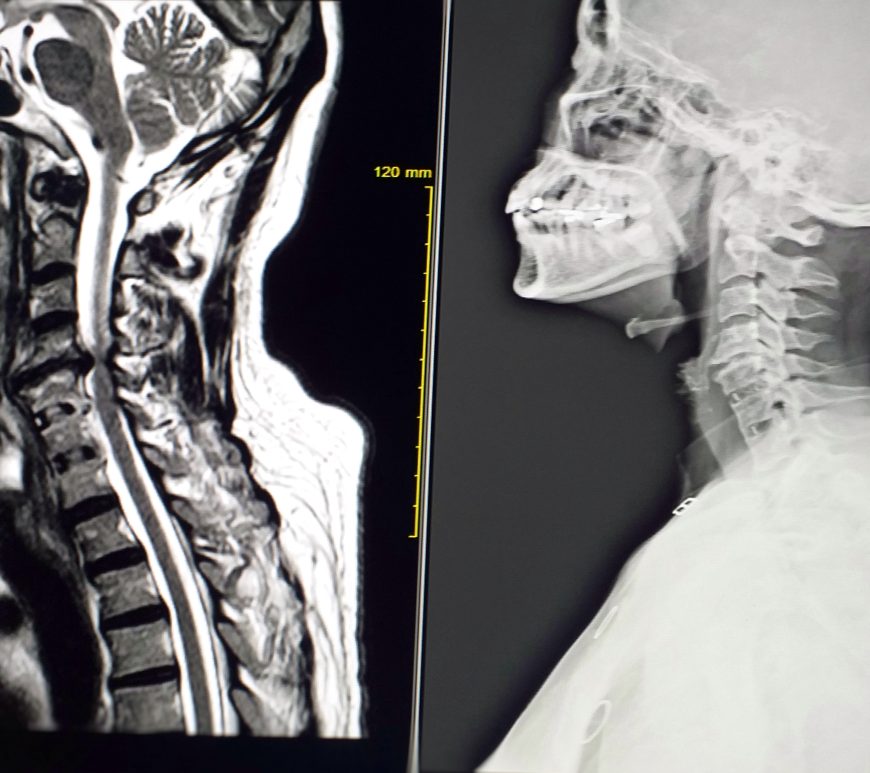
Imaging and Management Insights for Lumbar Disc Herniation and Radicular Syndrome
Imaging Features and Early Outcomes: Research has shown that the characteristics of lumbar disc herniation on imaging can predict the early outcomes of conservative management. Saal et al. (1990) found that the largest extrusions showed the most resorption, while contained protrusions had the least. Similar findings were reported by Delauche-Cavallier (1992), Maigne (1992), Bush (1992), and Cowan (1992), who noted that young patients often exhibited … Continue reading Imaging and Management Insights for Lumbar Disc Herniation and Radicular Syndrome


